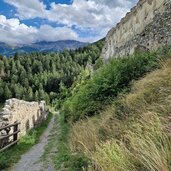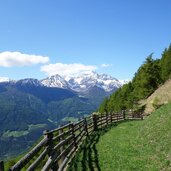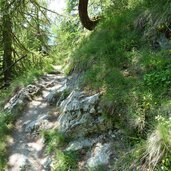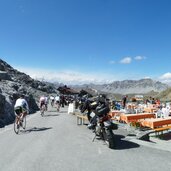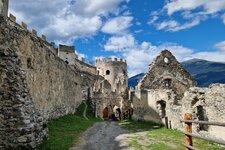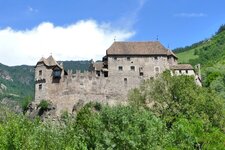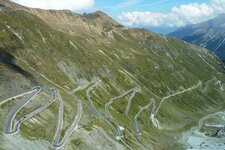Montechiaro Castle, a ruined hilltop castle, once offered a fine view over the Val Venosta as far as the mighty Coira Castle
Image gallery: Montechiaro
Even from afar, the remains of one of the largest castles in the Val Venosta are visible. They are the ruins of Montechiaro Castle, dating back to the 12th century, which towers above the houses and once guarded the bend of the Adige River between the Upper and Lower Val Venosta. Alongside Roncolo Castle near Bolzano, the renowned "Painted Castle", these ruins housed some of the most valuable secular fresco cycles in Tyrol. They were removed a century ago and taken to the Tyrolean State Museum Ferdinandeum in Innsbruck for safekeeping.
The ruins are now owned by the Counts Khuen-Belasi and are freely accessible. You can combine a visit with a hike and admire the frescoes that remain in the castle chapel, which were restored a few years ago. Art history tours by PradKULT are offered during the warmer months.
Also recommended is a walk along the Way of St. James, which runs from Glorenza, one of the smallest towns in the Alps, through Montechiaro (Lichtenberg) to Prato allo Stelvio. Montechiaro, belonging to Prato allo Stelvio, has, in addition to its ruins, several other interesting buildings, such as the St. Christina on Pinet Church and the St. Joseph Chapel on the mountain of Montechiaro. The Rio Montechiaro flows through the village, where the lanes are named Via del Castello (Castle Path), Lanweg (Lan means landslide in dialect), Via del Mercato (Market Road) and Via dell'Adige.
Below, the vast orchards of the Val Venosta stretch out, where apricots, raspberries, apples and pears, including the Pala pear, thrive. In this part of the Val Venosta, formerly Tyrol's granary, there were once several mills grinding rye flour. From here, passing Prato allo Stelvio, you can also embark on the extraordinary cycle tour up the Stelvio Pass.


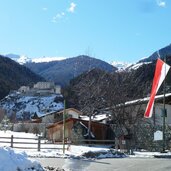

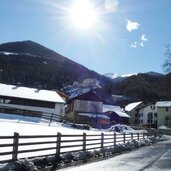
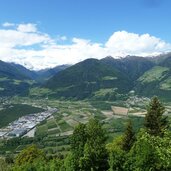
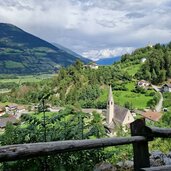
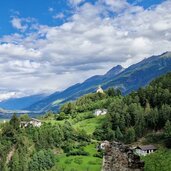
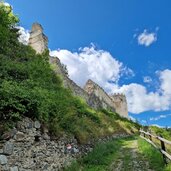
.jpg)
